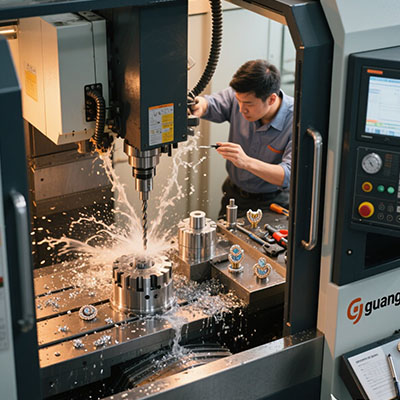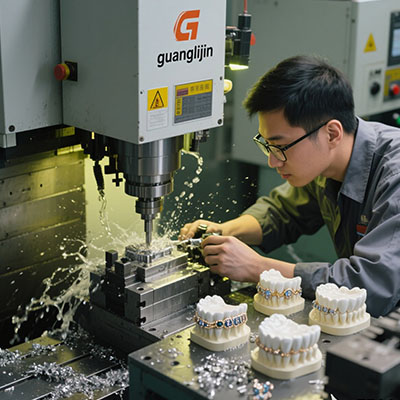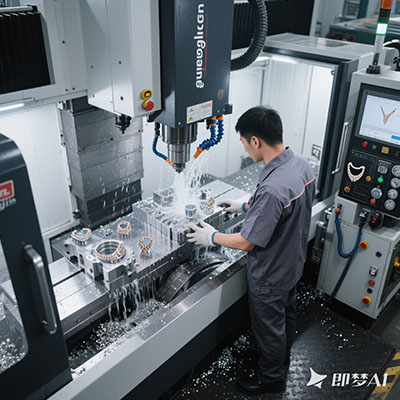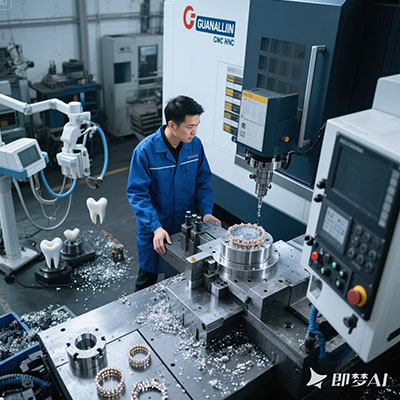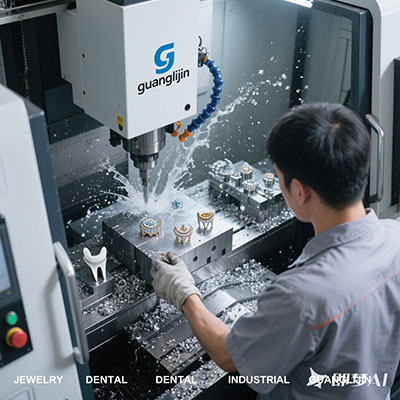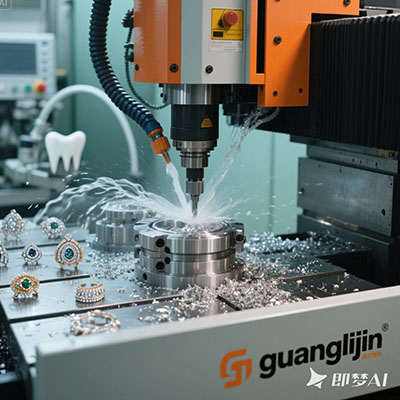Best CNC Machine Inserts for Precision Metalworking in 2025
The Precision Challenge in Modern Machining
Over 60% of machinists struggle to maintain micron-level tolerances with standard CNC machine insert (Source: Precision Machining Technology Report 2024). The right insert can reduce surface roughness by up to 35% while extending tool life.
Last quarter, our team helped a medical device manufacturer achieve 0.8μm surface finishes – a 40% improvement – simply by switching to specialized finishing inserts.
Carbide vs. CBN Inserts for Precision Work
| Feature | Micrograin Carbide | Cubic Boron Nitride |
|---|---|---|
| Tolerance Capability | ±5μm | ±2μm |
| Best Application | General Precision | Hardened Steels |
Interestingly, CBN inserts can maintain sharp edges 8x longer than carbide when machining 50+ HRC materials.
5 Steps to Precision Insert Selection
- Identify your tightest tolerance requirement (radial/axial)
- Choose insert geometry based on finish requirements
- Select substrate hardness matching workpiece material
- Opt for polished or honed edges for fine finishes
- Verify coating compatibility with your coolant
Advanced Insert Technologies for Precision
Today’s metalworking inserts feature submicron substrates, multilayer coatings, and laser-cut edges. The latest CNC turning inserts with restricted contact geometry reduce vibration by 50% in finishing operations.
Here’s the secret – premium inserts often pay for themselves through reduced secondary operations.
Case Study: Aerospace Component Manufacturer
A California machine shop achieved:
- 0.4μm Ra surface finishes on titanium components
- 58% reduction in polishing time
- 22% longer tool life (Source: Aerospace Manufacturing Magazine)
Their solution? Implementing high-precision milling inserts with specialized edge preps.
Precision Machining Checklist
- ☑ Verify insert runout ≤0.005mm
- ☑ Use dedicated finishing inserts
- ☑ Maintain consistent coolant concentration
- ☑ Monitor edge condition microscopically
Precision Insert FAQs
Q: What’s the best insert for mirror finishes on stainless steel?
A: Use polished carbide inserts with sharp edges and positive rake geometry.
Q: How do I prevent built-up edge when machining aluminum?
A: Choose uncoated inserts with sharp, polished edges and high cutting speeds.
Q: Can PCD inserts improve precision in non-ferrous materials?
A> Absolutely – PCD provides exceptional edge retention in aluminum and copper alloys.
